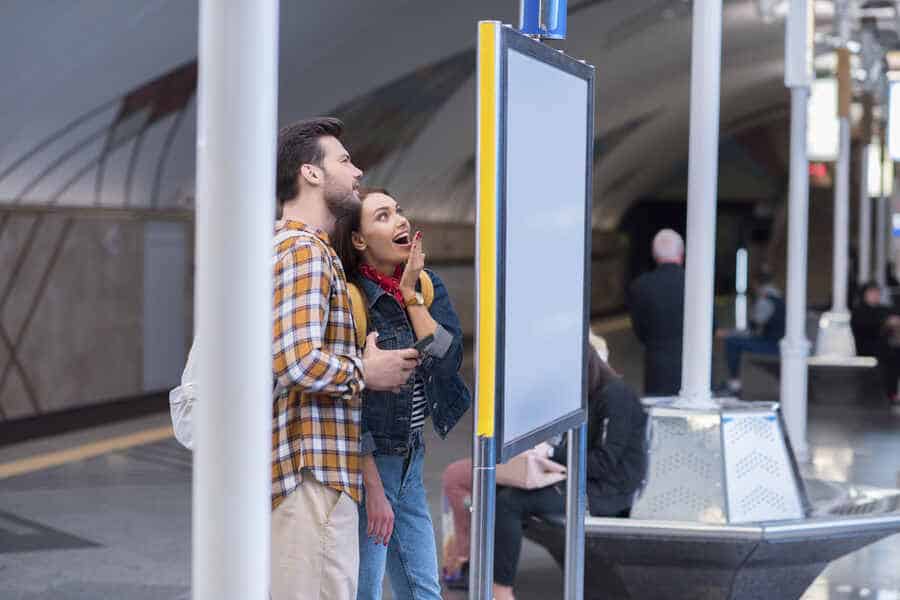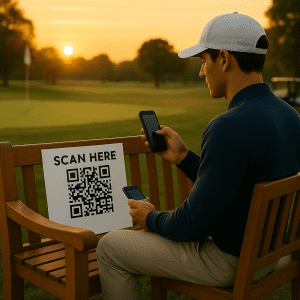The Future of DOOH in Connected Cities and Smart Environments
Imagine walking through a bustling city where every billboard, bus stop, and kiosk offers you a personalized message based on your interests and needs. Does this sound like a futuristic dream? Well, the future is now, thanks to DOOH advertising. As smart cities rise and connected environments become the norm, digital out-of-home (DOOH) advertising is evolving into a powerful tool for advertisers to engage with audiences in more dynamic, personalized, and real-time ways. But how can brands tap into this trend, and why is it so crucial for modern advertising strategies?
DOOH Explained: What Is Digital Out-of-Home Advertising?
DOOH advertising refers to digital screens, billboards, and kiosks placed in public spaces that display dynamic content to a wide audience. Unlike traditional static posters, DOOH ads can be updated in real-time, offering advertisers the opportunity to adjust messaging based on the time of day, weather, or audience demographics. This level of flexibility makes DOOH an attractive option for brands looking to engage audiences in high-traffic areas.
As we transition into smart cities, the power of DOOH only grows. Smart cities are urban areas that leverage data and technology to improve efficiency, enhance public services, and create more sustainable environments. This evolution opens new possibilities for DOOH to integrate with city infrastructure like public transport hubs and interactive kiosks, allowing for more contextually relevant and personalized advertising experiences.
The Rise of Smart Cities and Their Impact on DOOH
The idea of smart cities is no longer a distant vision. Urban centers worldwide are investing in technology to create more connected environments. From data-driven traffic management systems to public Wi-Fi networks, smart cities create vast opportunities for advertisers to leverage real-time data in their campaigns. DOOH is uniquely positioned to benefit from these advancements by offering interactive, localized, and personalized content to viewers in real-time.







